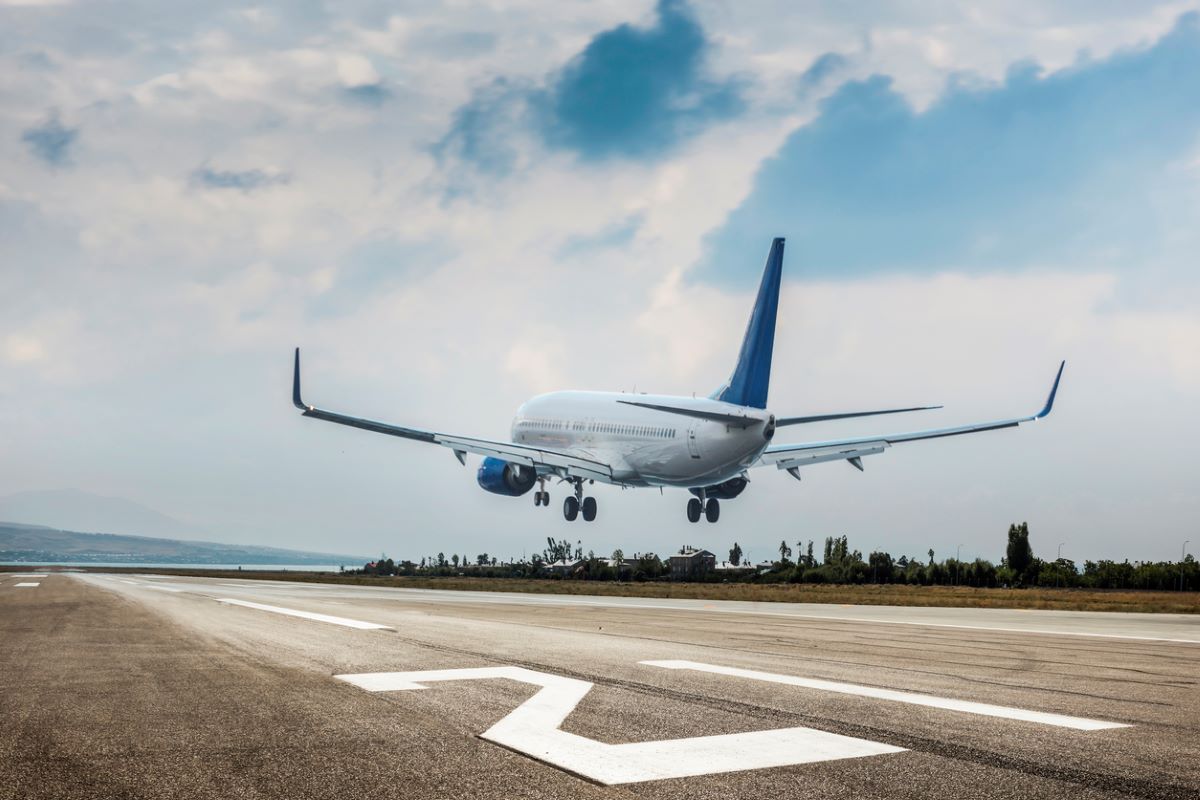In a bid to ensure air safety, the Netaji Subhas Chandra Bose International (NSCBI) airport, Kolkata, announced that it has implemented Global Reporting Format (GRF) – a new ‘Runway Condition Code’ that will enhance passenger travelling experience through the airport.
The airport authorities said that erratic climatic change has been reported all over the world due to global warming and this GRF methodology will improve runway condition reporting of the airport. Also, it will notify pilots about any significant change in runway condition which will help them to decide to land or take off accordingly.
The airport announced that the initiative was taken at the instruction of the International Civil Aviation Organization (ICAO). As per the ICAO, the Global Reporting Format for runway surface conditions (GRF) mitigates the risk of runway excursions by enabling a harmonized assessment and reporting of runway surface conditions and an improved flight crew assessment of take-off and landing performance.
An airport official explained GRF is a standardized language reporting format for runways surface conditions around the globe where people in the air-traffic network understand what the numbers mean and how they can interpret them. The report is developed on the basis of a runway condition assessment matrix (RCAM).
It was further explained that one of the major safety risks on the runway is hydroplaning- a condition in which standing water on the runway causes the moving wheel of an aircraft to lose contact with the runway surface which reduces the effectiveness of the brake, making it difficult to bring an aircraft to stop after landing.
“Slippery runways are major threats especially at times during heavy rainfall. West Bengal being a coastal area receives frequent rainfall throughout the year. During such time while visibility becomes zero, the risk of landing the aircraft too increases double fold and it is based on this GRF that the pilot takes the final call of whether to land or fly to another nearby airport for landing” said an official.












